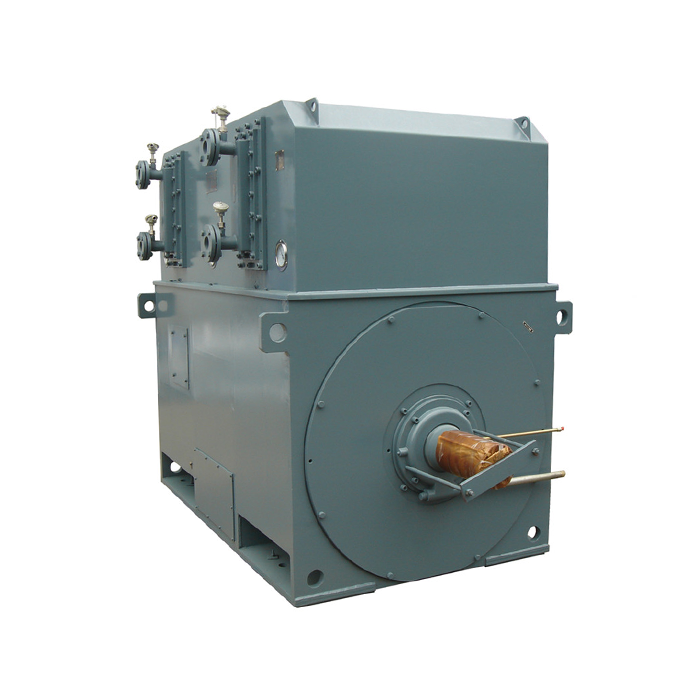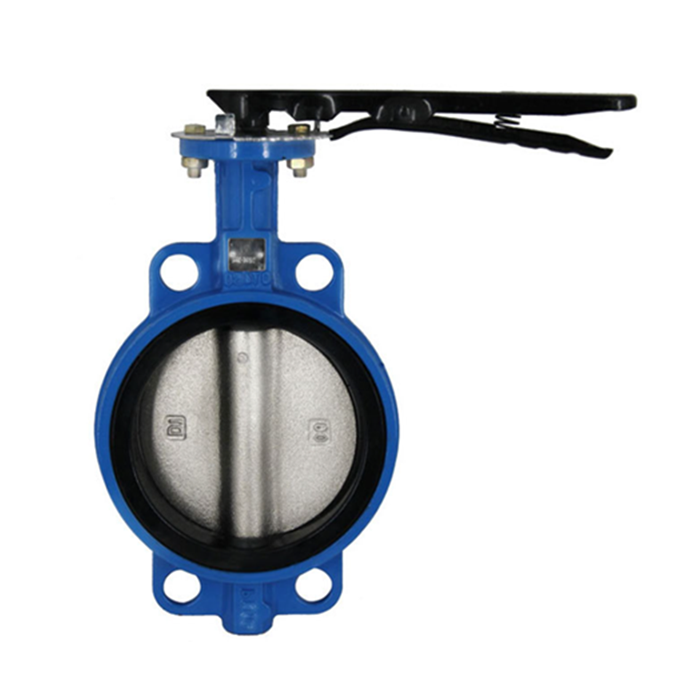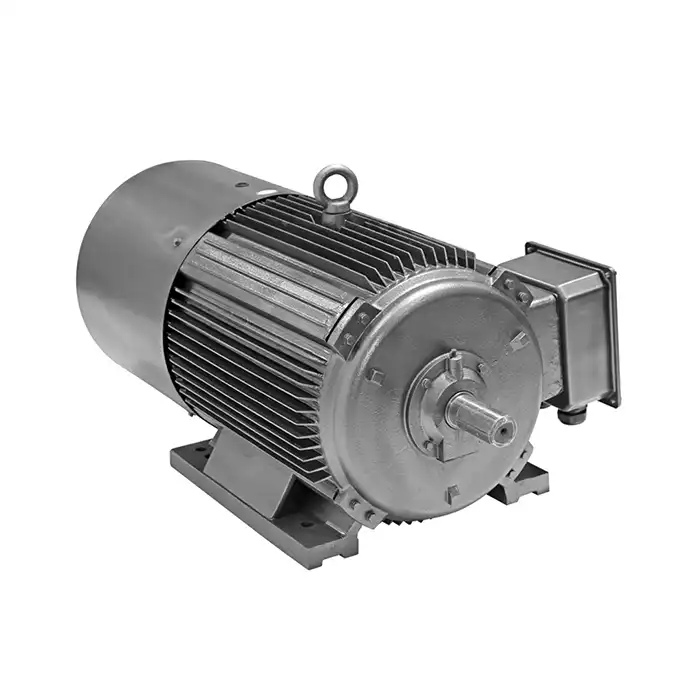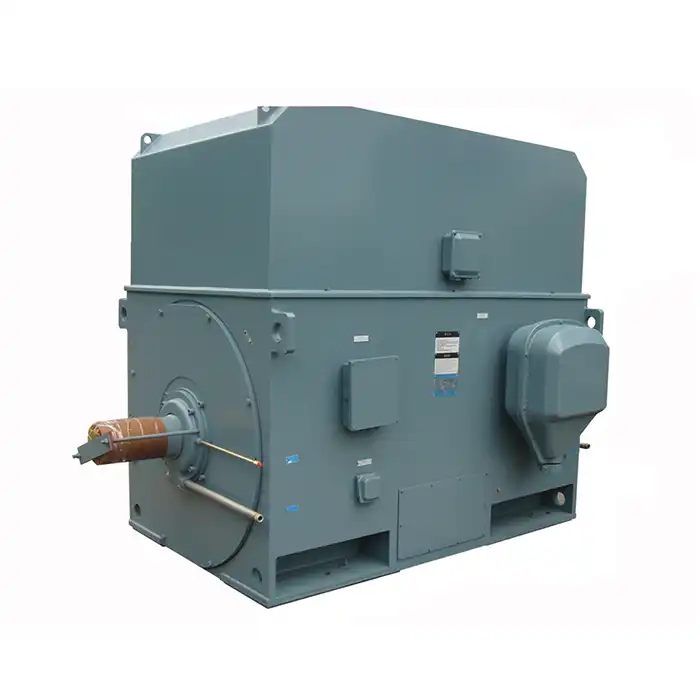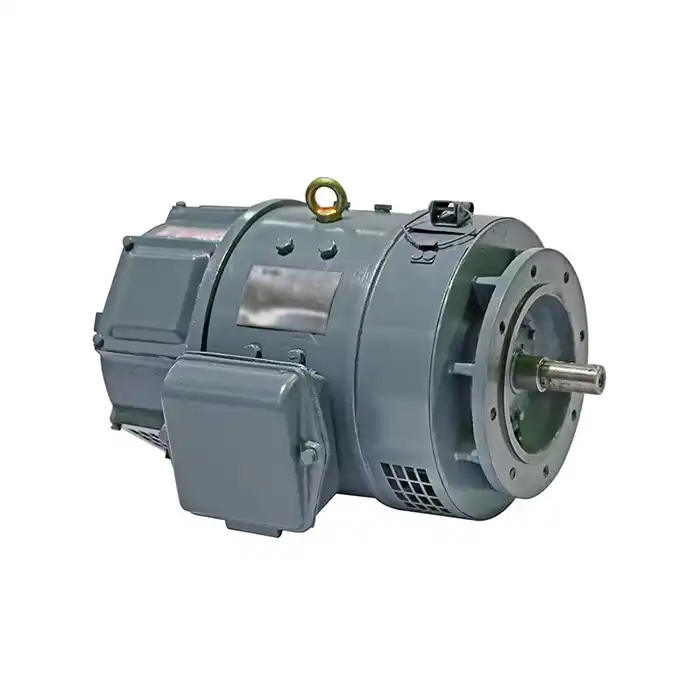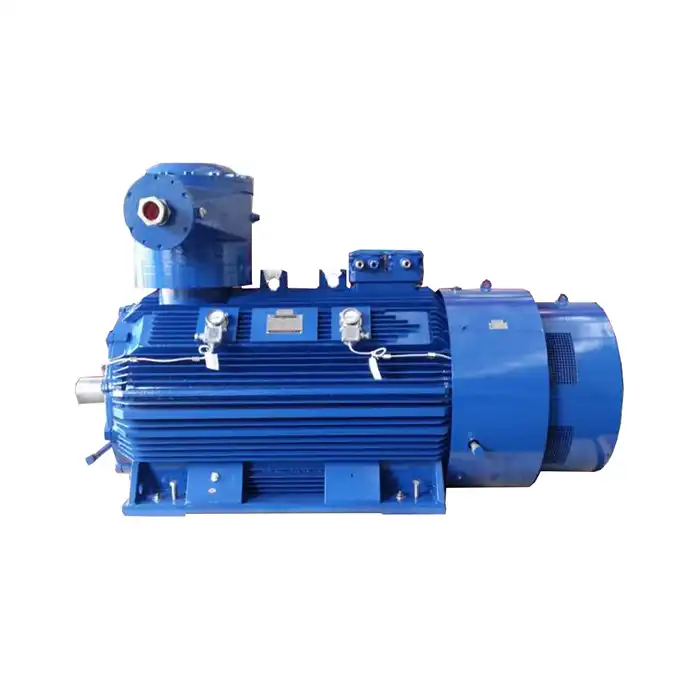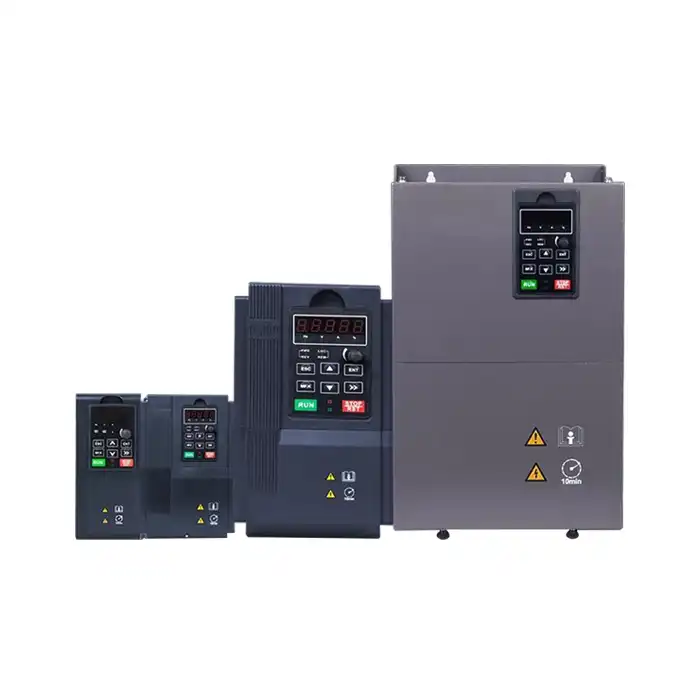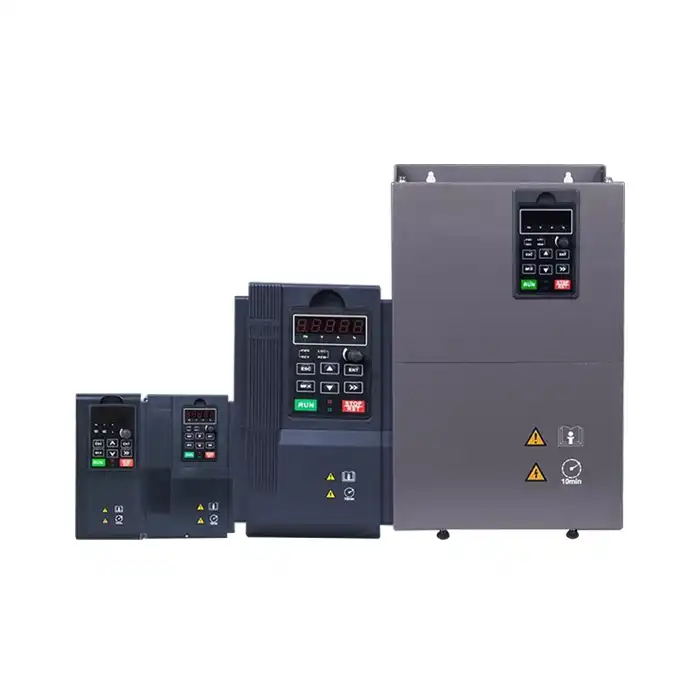Understanding Service Factor in Motor Overload
The service factor is a critical component in assessing the overload capacity of 11kV motors. It represents the motor's ability to operate beyond its nameplate rating under specific conditions.
Defining Service Factor
An 11kV motor's service factor is a numerical multiplier that shows how much load the motor can handle above its rated capacity without breaking. Under particular operating conditions, this factor gives an indication of the motor's inherent tolerance for brief overloads. For example, 115% of the nameplate power output can be safely delivered by a motor with a 1.15 service factor. Engineers must grasp this idea in order to choose motors that can withstand sporadic load surges without sacrificing performance or dependability.
Implications of Service Factor on Overload Capacity
In industrial applications, the service factor is crucial in determining the overload capacity of 11kV motors. In operations with varying or intermittent loads, a larger service factor enables the motor to withstand brief overloads. This adaptability allows for unexpected spikes in demand, which improves system performance. Continuous running close to or at the service factor value, however, raises thermal stress, which can reduce insulation quality and limit motor life. Therefore, it is essential to comprehend how the service factor affects overload behavior in order to maximize motor longevity and performance in demanding conditions.
Factors Influencing Service Factor
Several elements affect the service factor of 11kV motors:
- Insulation class
- Ambient temperature
- Altitude
- Duty cycle
These factors must be considered when determining the appropriate service factor for specific applications.
Thermal Protection Systems for Overload Prevention
Thermal protection systems are essential in safeguarding 11kV motors against damage from overload conditions. These systems monitor motor temperature and prevent overheating by triggering protective measures.
Types of Thermal Protection Devices
Various thermal protection devices are employed in 11kV motors:
- Thermistors
- Resistance Temperature Detectors (RTDs)
- Bimetallic thermal overload relays
Each type offers unique advantages in terms of response time, accuracy, and reliability.
Implementing Effective Thermal Protection
To maximize the overload capacity of 11kV motors while ensuring their safety, consider the following strategies:
- Proper sizing of thermal protection devices
- Regular calibration and maintenance
- Integration with motor control systems
- Monitoring of ambient conditions
Advanced Thermal Management Techniques
Modern 11kV motors often incorporate advanced thermal management features:
- Thermal modeling
- Predictive maintenance algorithms
- Real-time temperature monitoring
These techniques enhance the motor's ability to handle overload conditions while minimizing the risk of thermal damage.
Balancing Overload Capacity and Motor Efficiency
Achieving the right balance between overload capacity and efficiency is crucial for optimizing the performance of 11kV motors.
Impact of Overload on Efficiency
While increased overload capacity can provide operational flexibility, it often comes at the cost of reduced efficiency. Motors designed for higher overload capacity typically have:
- Larger frame sizes
- Heavier windings
- More robust insulation systems
These features can lead to increased losses during normal operation, affecting overall efficiency.
Strategies for Optimizing Overload Capacity and Efficiency
To strike a balance between overload capacity and efficiency in 11kV motors, consider the following approaches:
- Accurate load profiling
- Variable frequency drives for load matching
- Soft-start mechanisms to reduce inrush current
- Advanced cooling systems to enhance thermal performance
Selecting the Right Motor for Your Application
When choosing an 11kV motor, consider these factors to optimize overload capacity and efficiency:
- Duty cycle requirements
- Peak load demands
- Operating environment
- Energy efficiency regulations
By carefully evaluating these aspects, you can select a motor that provides the necessary overload capacity without sacrificing efficiency.
Case Study: Overload Capacity in Industrial Applications
In a cement plant, an 11kV motor driving a ball mill experienced frequent overload conditions due to variations in material feed. By implementing a motor with a higher service factor and advanced thermal protection, the plant achieved:
- 20% increase in production capacity
- Reduced downtime due to motor trips
- Extended motor life through improved thermal management
This case demonstrates the practical benefits of optimizing overload capacity in industrial settings.
Future Trends in Motor Overload Management
Emerging technologies are shaping the future of overload management in 11kV motors:
- AI-driven load prediction and management
- Advanced materials for improved thermal performance
- Integration with smart grid systems for dynamic load balancing
These innovations promise to enhance the overload capacity and efficiency of high-voltage motors in the coming years.
Conclusion
In order to maximize performance and dependability in industrial applications, it is crucial to comprehend and optimize the overload capacity of 11kV motors. Operators may make sure their motors are capable of handling a range of load circumstances while retaining optimal efficiency by taking into account variables including service factor, thermal protection, and efficiency trade-offs.
Do you want to improve your industrial power systems' dependability and performance? Our specialty at Shaanxi Qihe Xicheng Electromechanical Equipment Co., Ltd. is offering premium power equipment solutions that are customized to meet your unique requirements. Our team of professionals can assist you in choosing the best 11kV motors with the most optimized overload capacity for your application, whether you work in manufacturing, process control, energy production, or water treatment.Don't let motor inefficiencies hold back your operations. Contact us today at xcmotors@163.com to discover how our advanced motor solutions can drive your business forward.
References
1. Johnson, A. (2021). High Voltage Motor Design: Principles and Applications. Industrial Press.
2. Smith, B. et al. (2020). Thermal Management in High Power Electric Motors. IEEE Transactions on Industrial Electronics, 67(3), 1990-2001.
3. Brown, C. (2019). Service Factor and Overload Capacity in Industrial Motors. Power Engineering Journal, 33(2), 145-158.
4. Lee, D. and Park, J. (2022). Advanced Protection Systems for High Voltage Motors. Electrical Engineering Handbook, 5th Edition.
5. Wilson, E. (2021). Balancing Efficiency and Overload Capacity in Modern Motor Design. Journal of Power Electronics, 21(4), 1123-1135.
6. Rodriguez, M. et al. (2023). Trends in Smart Motor Management for Industry 4.0. Automation and Control Systems, 18(2), 78-92.



